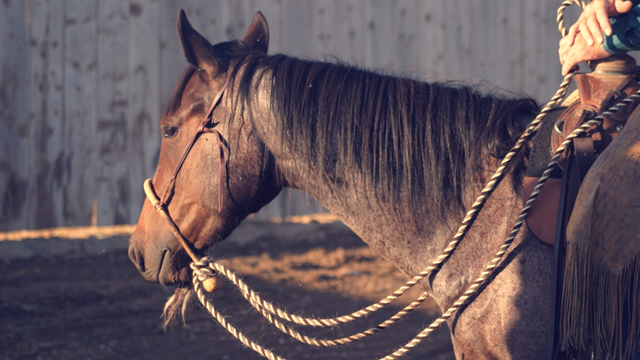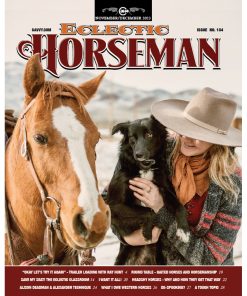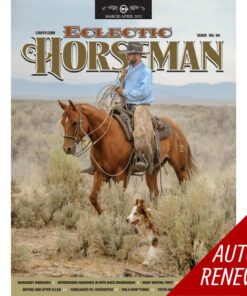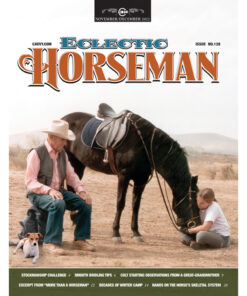Empirical Insight
What Kind of Experience Will Your Horse Get Out of Your Next Ride?
This article first appeared in Eclectic Horseman No.20
Think of the big picture and what it is you are trying to achieve and what kind of steps you may take to reach your goals. If every ride could be a positive step in the direction you want and you can keep building on each step, the farther you go the more momentum you start picking up. When you get in trouble and cause some confusion with your horse, it may take away from some of what you had working, and it may also cause some doubt in the horse’s mind as to what you are trying to accomplish in the future.
Horses are amazing animals. With a little motivation and exposure doing whatever job they need to do, they can figure a lot of things out for us. Think about how long we spend fixing mistakes versus how much time we prepare for the right thing to fall into place with our horses.
Horses are extremely honest. All they want is to be comfortable. They don’t look for trouble with us, they don’t take advantage of us, and we lose the advantage over them at times, and get in trouble with them.
Look at where your horse has come from in your training, where he is at, and where you would like to end up. What have you done in the past to contribute positively and what have you done negatively? Most of us need to control our impulse, think our way through our problems or progressive steps. Think about where the confidence level is with your horse, and when you were done with your last ride, was it better, worse, or maintained?
Think about this: when a horse is on his own how often do you see him take something in his mouth and pull? A stallion may in certain situations or a young horse may pick something up to play with, but if he is going to pull on something with his mouth, it would be with his teeth clenched. When we see a horse with a bridle in his mouth and he is pulling against it, it is not comfortable for him; he would be confused, panicked, or at the least irritated. This is an example of where we can analyze what we are getting done. Are we teaching the horse to pull against our hands, accepting and wearing a pull from us, raising or flipping his head to try to deal with the pull by fighting for some relief from the pressure?
I guarantee if the horse knew where to position his feet or body to avoid getting his mouth pulled on, he would. It takes pressure for relief to be effective, but it also takes relief for pressure to be effective. When the horse experiences more pressure than relief, he will basically fight what he can’t tolerate, and tolerate what he can’t avoid.
Look at the big picture; if you spend a lot of time pressuring the horse, maybe a different presentation could be more effective. If the horse isn’t putting in the effort you think is necessary, then you need to carefully decide if he understands and is not motivated, or if he doesn’t understand or is not ready physically or mentally. The correct diagnosis could be the key to your success.








